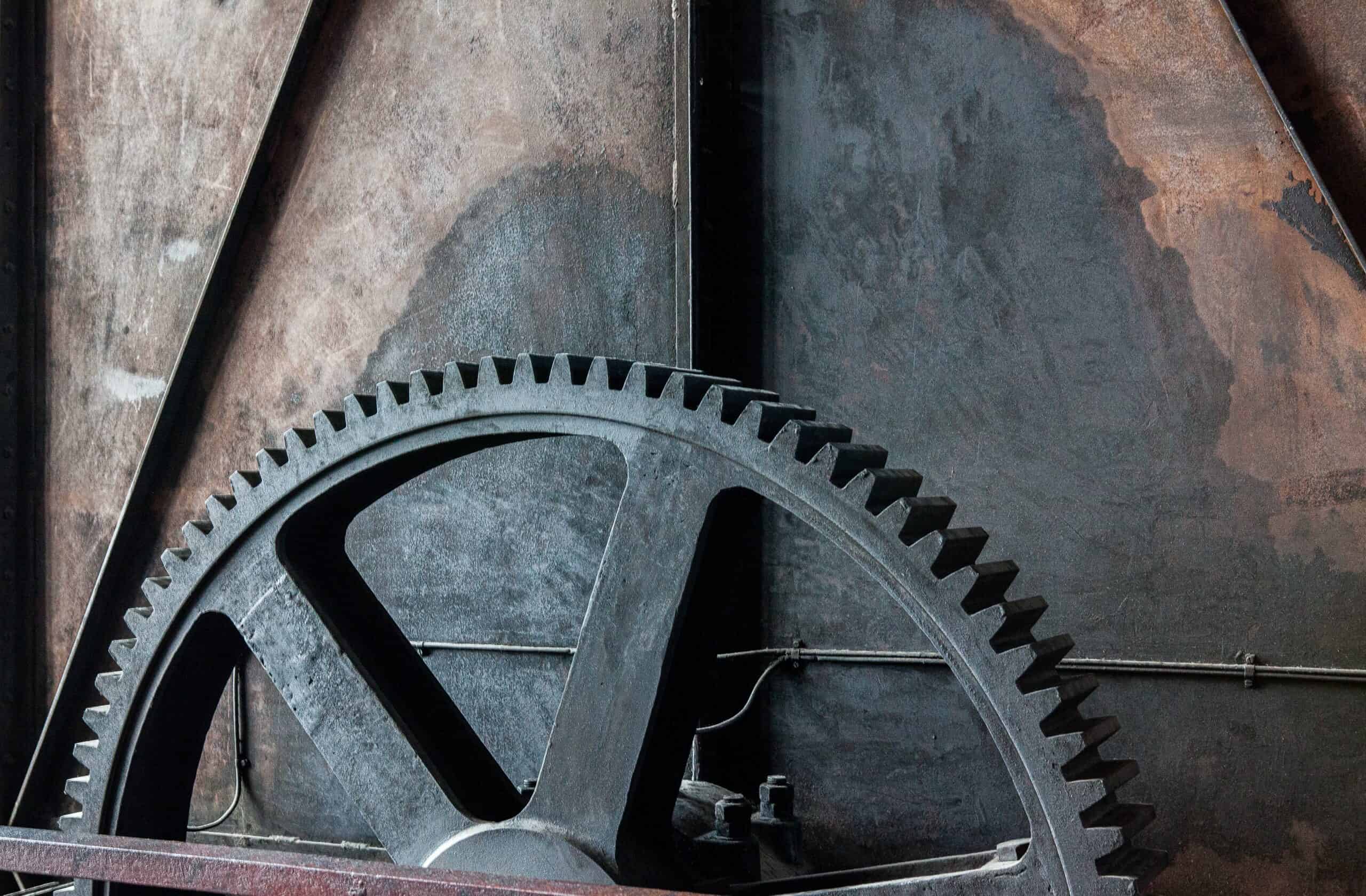Like my Kith colleagues, I cut my proverbial teeth in politics. Not as a candidate, but as a campaign staffer and, later, a political consultant. Campaigns are great places to train for reputation management and crisis communications because everything is a crisis.
The latest mud your opponent threw at you is a crisis.
A campaign stop going sideways is a crisis.
That call from Channel 3 is a crisis.
The questionnaire from an endorsing group that’s due in an hour is a crisis.
The beloved veterinarian not getting his 4-by-8 sign to hang on his fence is a crisis.
Almost every political campaign stumbles from one crisis to another, responding to nearly every stimulus as best as it can, all the while trying to keep the candidate “on message.” Constant crisis brings with it a constant rush. It’s addictive.
Frankly, it’s a terrible way to run a campaign.
If this sounds like your day-to-day life as a strategic communicator, then it’s time to get off the crisis wheel. I don’t mean by changing jobs or careers – though that’s always an option! – but by breaking the wheel.
Random ‘Rewards’
There’s a psychological component to the crisis wheel that we need to address first. Hint: we like the stress!
Experimental psychologist B.F. Skinner discovered the perverse way that responding to crises keeps us coming back for more. His operant conditioning chamber – the Skinner Box – rewarded test subjects that pushed a button to obtain some food. Skinner found that obtaining food was a good motivator, but there was an even better one: making the reward schedule random.
The rats in the Skinner Box pushed the button much more frequently, and furiously, when the reward was random.
Crises are random events. Instead of food, their “reward” is an adrenaline rush, a chance to shine in front of executives, an opportunity to lead your troops into battle or a break from corporate boredom.
Skinner’s rats liked to live on the edge of randomness. There’s a better way to get “food” of course, but furiously pushing the button randomly brought rewards, so push away they did.
Risk-Reward Imbalance
There’s also a cost-benefit component to the crisis wheel that we need to discuss, and it has to do with an inherent imbalance between risk and reward.
Essentially, executives will easily justify spending whatever it takes and marshaling whatever resources are needed to respond to a crisis. They see the potential cost to their organization’s reputation, and they know they must do something, maybe lots of things, to save it. In this proverbial Skinner Box, it costs money to push the button, and you keep pushing it until the reward – a saved reputation – gets spit out of the machine.
Six months earlier, those executives would probably balk at spending a tenth as much of the money, and an even smaller percent of the effort, to get prepared for that crisis in advance – to prevent the need entering Skinner’s Box. Before a crisis happens, executives may not see the value of prevention, even though it would cost less and reward more.
So the crisis wheel keeps spinning, handing out random rewards of adrenaline rushes and executive high-fives to us communicators and reinforcing the risk-reward imbalance between prevention and treatment.
Breaking the Wheel
But there’s a better way.
We don’t have to live in the crisis wheel, waiting for the next random calamity to happen and then throwing everything we have at it.
The crisis wheel breaks when we spend our time, energy and money on preparation. We trade the dopamine hit for the cool, steady confidence that we’re ready, we’ve planned for the most likely of those random events and we’ve even prevented some of them. This is what I would call living in front of the wheel – or perhaps living outside the Skinner Box. If I’m out of the box, I can see where the rewards are kept, and I can calmly create a path to those rewards without furiously pushing buttons. I’m confident in our ability to see what’s ahead and to respond appropriately.
We’ve developed crisis confidence and that’s where Kith is headed.
We’ve spent our careers helping communicators and executives who were caught in the wheel. Our experience has taught us that there’s a better way. Instead of joining you in the wheel, let’s work together to break it.
Let’s build a crisis confident team.
Of all the political campaigns I worked on, only one broke the mold of constant crisis. We had pre-approved statements, plans for handling various likely problems, smoothly running operations, regular team meetings and, most importantly, a candidate willing to spend resources before something bad happened. We were prepared and we trusted one another to do the right thing before – and if – things went wrong.
As campaigns go, it was kind of boring. Things seldom developed into crises because we were ready.
But it was also a winner – and winning is the best reward of all. Plus, it was the better way to run things. And we believe it still is.
We’d love to help you break the crisis wheel. Drop us a line and we can chat.
Photo by Wilhelm Gunkel on Unsplash

